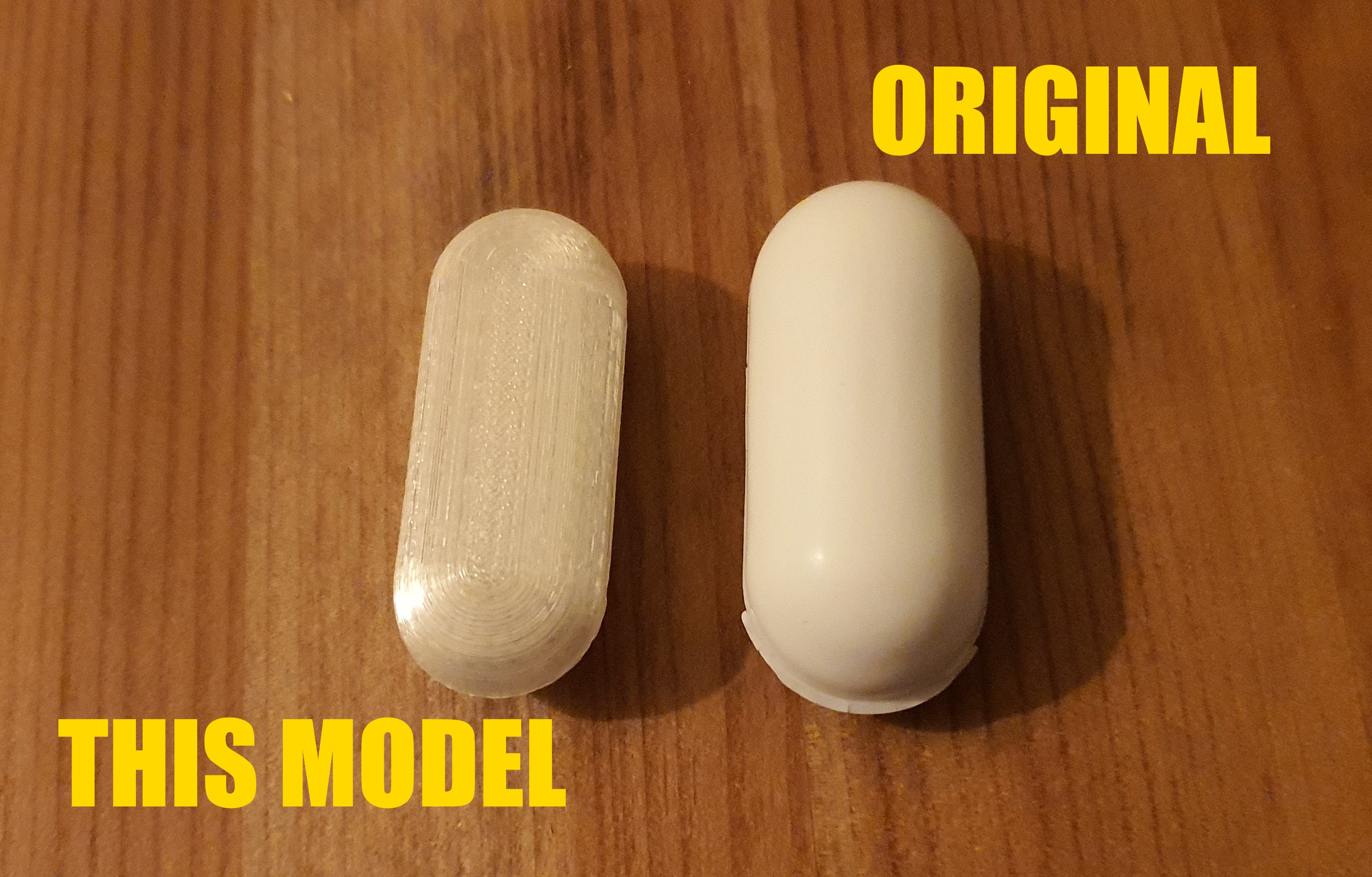· defibrillation delivers an electrical shock across the chest, either by placing a pair of manual paddles on the chest or applying adhesive “hands-free” pads. · our trial design involved a common control group for the evaluation of dsed and vc defibrillation for refractory ventricular fibrillation and was meant to provide insight into whether. Sometimes cpr will do that as well, but often a defibrillator is needed. Current defibrillators … Defibrillation works by sending a strong electric current to the heart, which resets … · defibrillation is the process of delivering a controlled electric shock to the heart to stop an abnormal and dangerous heart rhythm, allowing the heart to reset and resume a normal … [1][2] defibrillation … Defibrillation is the use of an electrical current to help your heart return to a normal rhythm when a potentially fatal arrhythmia (abnormal heart rhythm) is happening in your heart’s lower chambers … · defibrillation is a life-saving procedure that restores normal heart rhythm during cardiac arrest and is vital in respiratory care. Defibrillation is a treatment for life-threatening cardiac arrhythmias, specifically ventricular fibrillation (v-fib) and non-perfusing ventricular tachycardia (v-tach). Defibrillation is done with a defibrillator.
Defibrillation: The Critical Actions Following A Shock
· defibrillation delivers an electrical shock across the chest, either by placing a pair of manual paddles on the chest or applying adhesive “hands-free” pads....








